Cold day, variable lapse rate.
17th January 2023
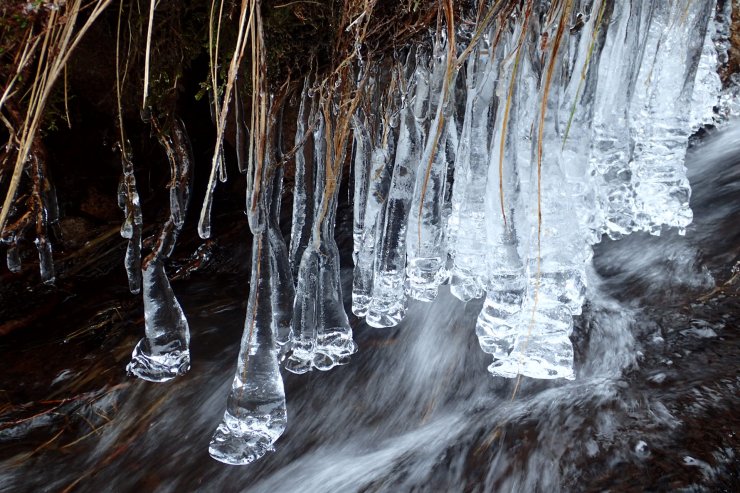
Tubular Bells! It was a cold night with a significant frost on the hills. Water courses were starting to freeze up in various places. Here spray had frozen onto vegetation in an aesthetically pleasing manner. The furthest forward one in the centre left was swinging back and forth as it caught the water was pushed out, then swung back.

Debris below Observatory Gully. The debris field was larger and deeper that is evident in this shot, and partially covered in new snow. The debris had broken into small blocks which is not surprising at it had fallen a long way (probably of the order of 300-450 metres in terms of altitude change). Although perhaps not as impressive as if the blocks had remained in bigger pieces, this was still a large avalanche with the debris spread over an area at least a couple of hundred metres long and one hundred metres long. This probably came down some time on Saturday.
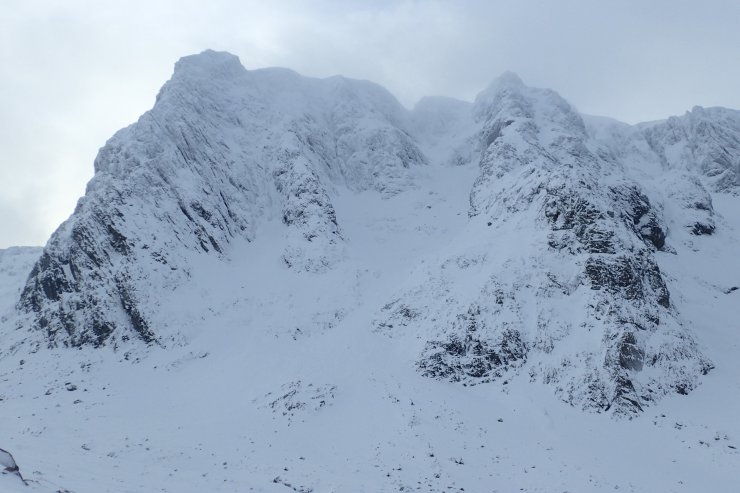
Looking back to the Orion Face/Observatory Gully/Tower ridge. Although it is hard to see due to the flat light debris from the avalanche discussed in the previous photo had crossed the area of rocks directly below lower narrows of Observatory Gully. I have quite a few avalanches in Observatory gully over the years. Normally they stop in the narrows or just shortly after. However, this year the narrows are well filled with debris from previous avalanches.
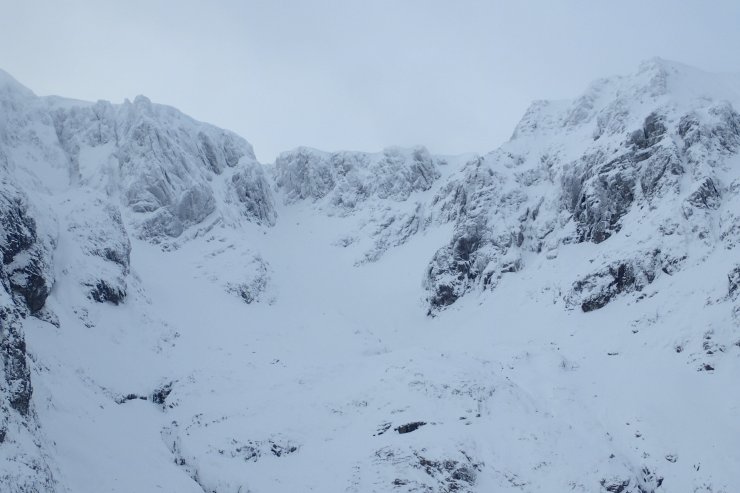
Coire an Ciste. Hard to tell in the flat light if there was debris below the usual suspects of Number Two, Three or Four gullies, but I would not be at all surprised if there was.
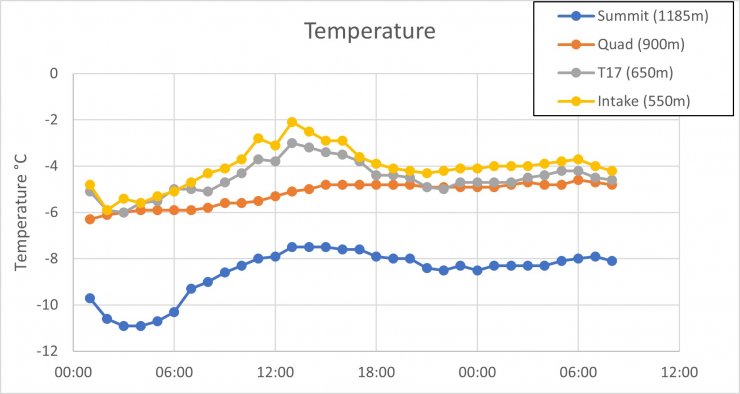
A bit more on Lapse rates. Having a look at the temperatures for the 30 hours up to 8am this morning it can be seen that the temperature at the Quad, T17 and the intake are similar despite the altitude difference. This is particularly the case overnight last night. The summit however, is significantly colder than any of these stations.
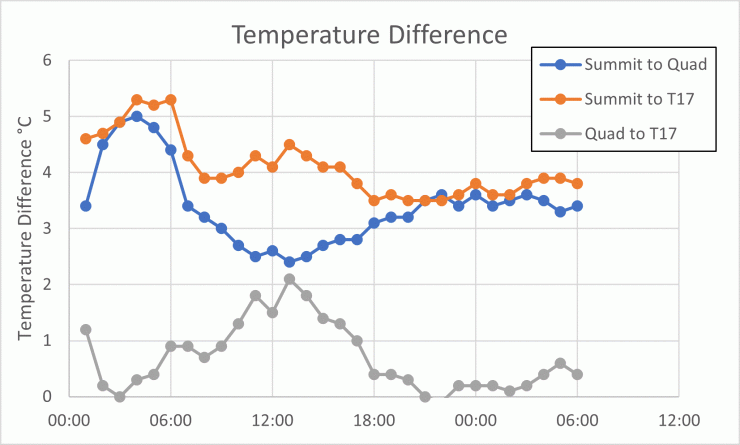
There is a big difference between the Qua and the summit temperature wise, but only a small difference (most of the time) between T17 and the Quad.
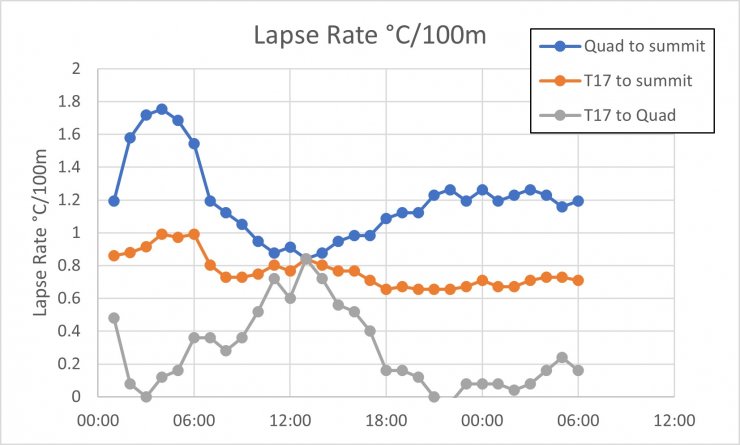
This affects the lapse rate. If you remember in the previous discussion on this subject the average lapse rate was about 0.7degrees per 100m. In this data set it is consistently much larger than this for the quad to summit, but generally less for T17 to the Quad. This suggests there is other processes going on than the normal cooling with height regime, but that is something for another blog post.
Comments on this post
Got something to say? Leave a comment
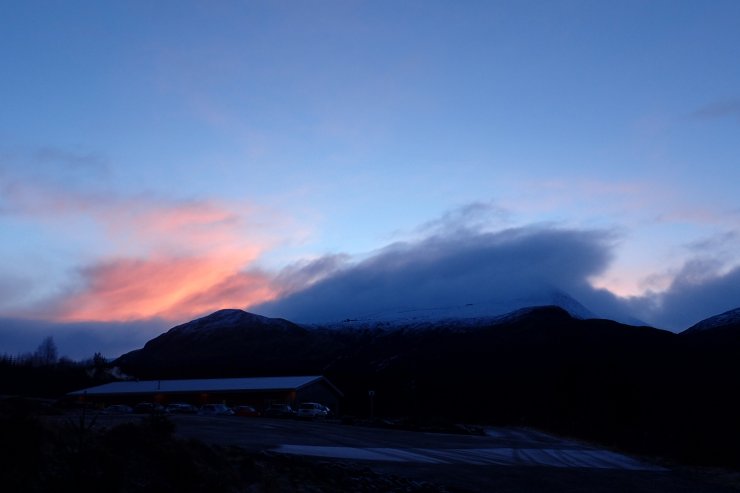
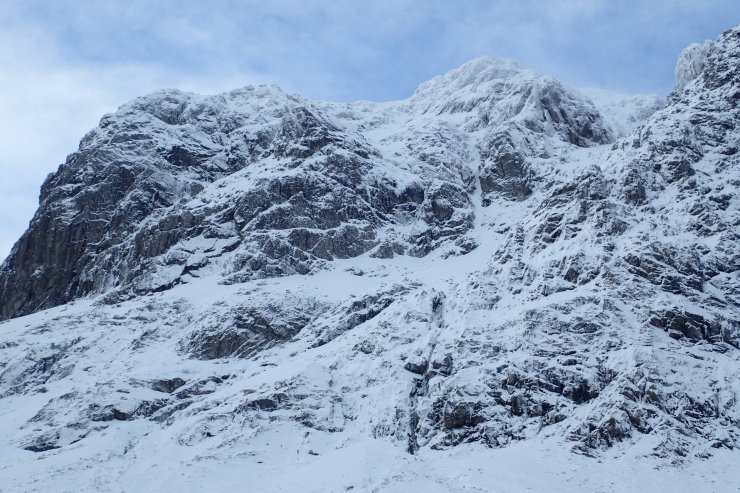




Mark Figiel
17th January 2023 8:37 pm
Fascinating stuff once again. Yes temperature does not always fall the same number with height gained. To the average person who knows little on this subject they would be surprised to here the coldest ever temperature in the UK is -27.2 C in two locations in Scotland rather than the top of Ben Nevis. If my memory serves me correct after reading the history of the men who ran the old observatory on the top of Ben Nevis the coldest they ever recorded was -17 C.